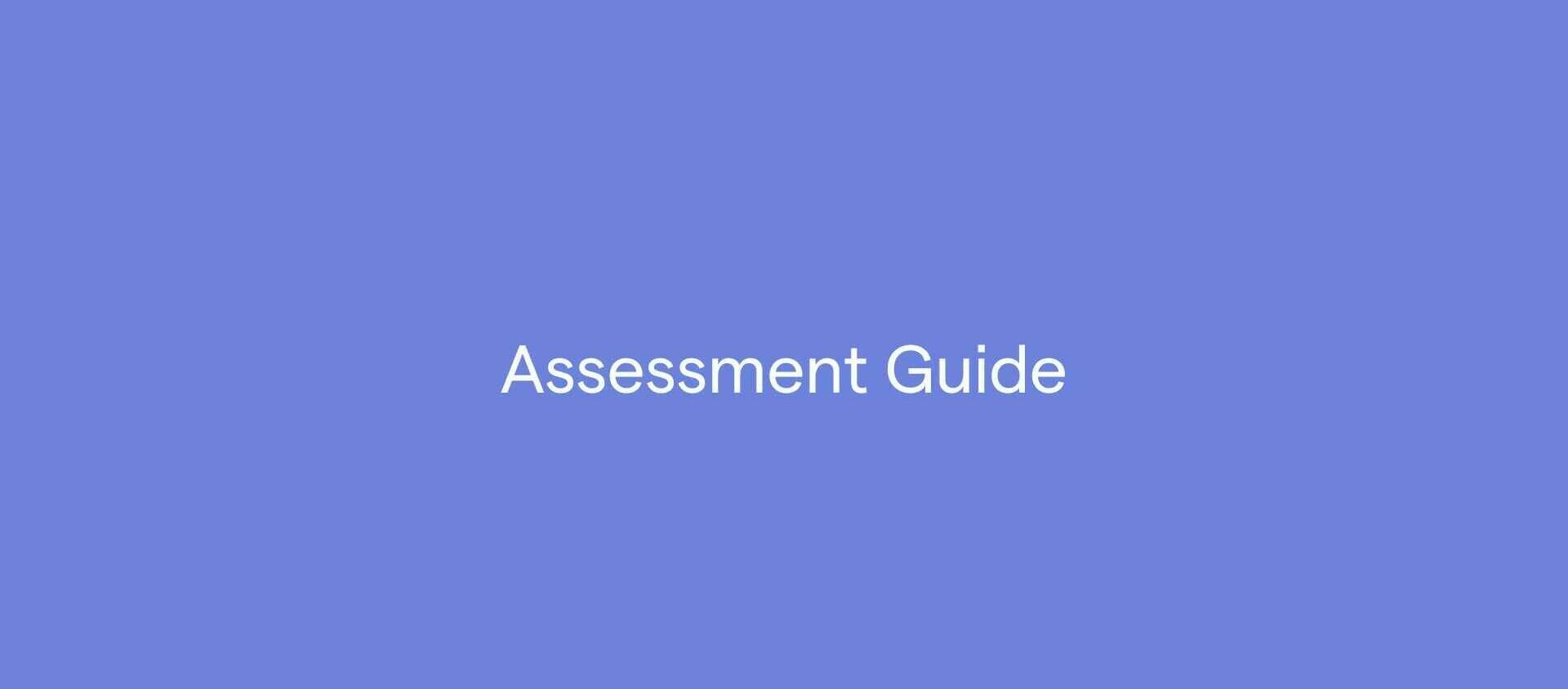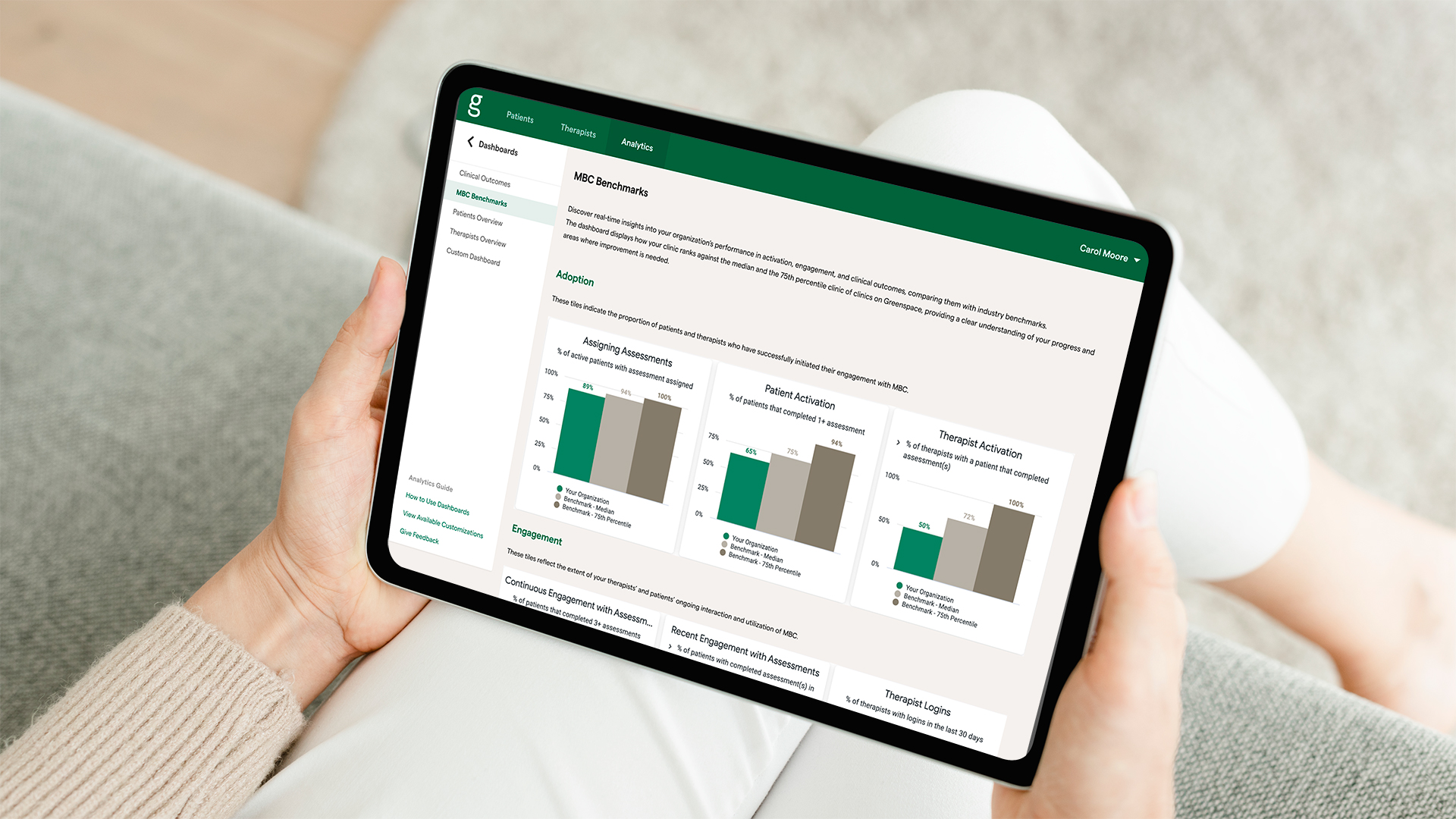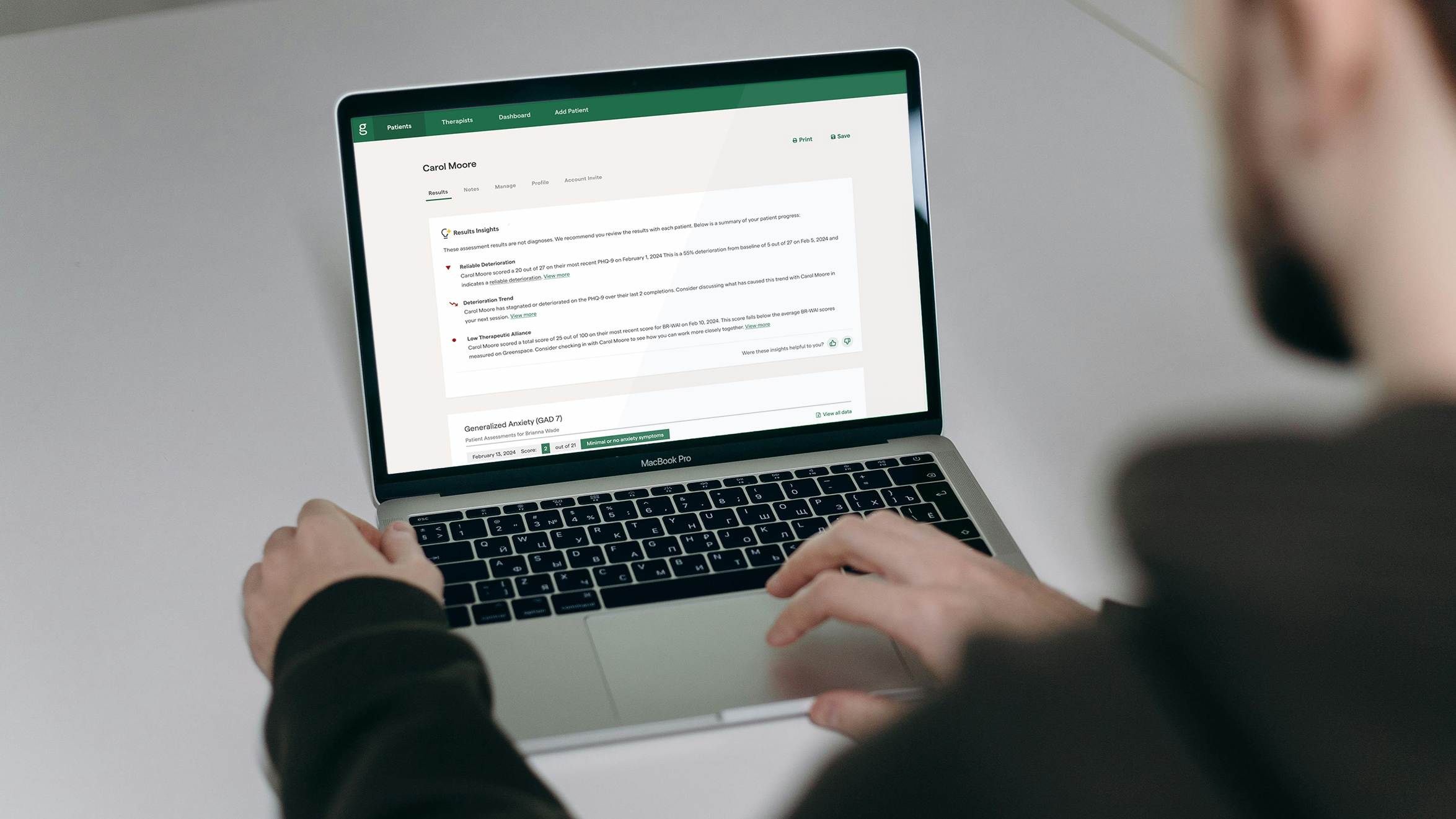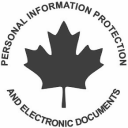Social Phobia Inventory (SPIN)
Recommended frequency: Every 2 weeks
Download Sample
Social Phobia Inventory: Summary
The Social Phobia Inventory (“SPIN”) is a self-rated scale used to identify and monitor social anxiety disorder (or social phobia). Prior to its publication, assessments of social anxiety disorder were often time-consuming or relied heavily on clinical interviews. The SPIN offers a convenient alternative that can be self-administered, which enables it to be used within a variety of settings, including clinical practices, research studies, and even self-guided contexts.
The SPIN was initially developed because the available self-rated social phobia scales did not assess the core aspects of the conditions, mainly the spectrum of fear, avoidance, and physiological symptoms—all of which are clinically relevant. Some additional measures for anxiety disorder include clinician administered scales, such as the Behaviour Rating Inventory of Executive Function SP Scale (BRIEF-SP) and the Liebowitz Social Anxiety Scale (LSAS), as well as self-report scales such as the Fear of Negative Evaluation Scale (FNE), Social Avoidance and Distress Scale (SAD), Self-Statements During Public Speaking Scale (SSPS), Social Interaction Anxiety Scale (SIAS), Social Phobia and Anxiety Inventory (SPAI), Social Phobia Scale (SPS), and the Social Thoughts and Beliefs Scale (STABS). The SPIN is the briefest self-report measures available, and has demonstrated strong psychometric properties, and shows significant promise as a measurement tool for the screening and treatment response of social phobia. The application of the SPIN with people with DSM-IV criteria social phobia has yet to be investigated, however the measure demonstrates that it can effectively distinguish between individuals with and without social phobia.
About the SPIN
Developed by Connor et al., the SPIN consists of 17 items that assess each of the core symptom domains of social anxiety disorder: fear of social situations, avoidance of these situations, and physiological symptoms experienced in these contexts. The scale also asks about four autonomic symptoms—trembling, blushing, heart palpitations, and sweating—which distinguishes it from many other social anxiety rating scales. The scale is rated based on a person’s experience over the prior week and measures the extent of distress, rather than the frequency of symptoms.
Through research, the SPIN has been shown to be effective at distinguishing between individuals with and without social anxiety. Studies have shown that the SPIN offers good internal consistency, meaning that its items are consistent in measuring the construct of social anxiety. The SPIN also correlates well with other known measures of social anxiety and has demonstrated sensitivity in measuring changes in symptom severity over time.
Due to the research and evidence establishing its effectiveness, the SPIN is now widely used in research and clinical practice for both screening and monitoring purposes of social anxiety disorders. The ease of administration and interpretation of the SPIN has contributed to its widespread adoption and use in both clinical and research contexts.
Who is the SPIN Assessment for?
Review the list below to determine if this assessment should be used with your client. If you answer YES to all questions, the SPIN is a good fit to use with your client.
- Is your client 13 years of age or older?
- Have they demonstrated symptoms of social anxiety beyond shyness (i.e. the intense and often overwhelming fear of social situations) including, but not limited to, rapid heart rate, shortness of breath, sweating, tremors, and headaches?
Note: Due to the inclusion of autonomic symptoms, the SPIN assessment can offer practical utility in primary care settings or by a physical therapist (PT) to determine if a client’s social anxiety could be relevant to their care plan. A cutoff score of ≥ 19 indicates a need for referral to a qualified health care professional (primary care or behavioral health provider).
Administering the SPIN
The SPIN is a self-report measure, which means clients can fill it out independently prior to their session or with the assistance of their clinician. The measure takes approximately 5-10 minutes to complete and asks clients to indicate the level to which each symptom has impacted them in the last week. The SPIN uses a 5 point likert scale to measure symptom severity, with options “Not at all,” “A little bit,” Moderately,” “Quite a bit,” and “Extremely,” that correspond to scores of 0-4.
When introducing the SPIN to clients, it can be helpful to explain that the questions ask about thoughts, feelings, and behaviours that they may have experienced surrounding social situations, which can include public speaking, speaking in meetings, attending social events or parties, introducing yourself to others, having conversations, giving and receiving compliments, making requests of others, and eating and writing in public.
The SPIN Scale
For each statement below, client’s are asked to select the number that best describes how they have been feeling during the last week:

Scoring the SPIN
The total SPIN score is calculated by adding the values from all 17 items. The scale for each individual question is as follows:
- Not at all (0)
- A little bit (1)
- Somewhat (2)
- Very much (3)
- Extremely (4)
The score range is from 0 to 68. A score above 19 may indicate the presence of social anxiety disorder, as established in research that differentiated between individuals with social phobia and a control group. The scoring ranges for results include:

It’s important to keep in mind that the SPIN measures the extent of distress, rather than the degree that anxiety interferes with regular functioning or the frequency of symptoms. Providers are encouraged to leverage additional measures or clinical discussions to dive deeper into client symptoms to establish a complete picture of their experience with social anxiety.
Social Anxiety Disorder Diagnosis with the SPIN
While the SPIN is effective at measuring the severity of social anxiety symptoms, the measure alone cannot be used to diagnose the disorder. The higher the SPIN score, the greater the chance of diagnosis—however, only a qualified professional can determine this with the support of a clinical interview.
The threshold score at which the SPIN can indicate social anxiety disorder can vary across population types. While 19 proved to be an accurate threshold for determining social anxiety disorder in the US adult population, a threshold of 24 was more accurate for adolescents in Finland. Because of this, there is no single threshold that can be applied across all people in care. However, a score of 25 or above is generally considered to be accurate in suggesting the presence of social anxiety. If a client’s social anxiety interferes with their everyday life, professional consultation for potential diagnosis is recommended.
Measuring Social Anxiety Symptom Change with the SPIN
The SPIN can be very helpful in identifying improvement in social anxiety symptoms from treatment. A score reduction of 40-55% from baseline has been shown to be an indication of improvement, while a 55%+ score reduction indicates more meaningful improvement.
Copyright Information
Connor KM, et al. Psychometric properties of the Social Phobia Inventory. Br J Psych 2000; 176: 379-386.
References & Further reading:
https://www.davidsonscales.com/wp-content/uploads/2020/01/aSPIN-M-SPIN-Manual-01-01-20_F.pdf
Khoramnia S, Bavafa A, Jaberghaderi N, Parvizifard A, Foroughi A, Ahmadi M, et al. The effectiveness of acceptance and commitment therapy for social anxiety disorder: a randomized clinical trial. Trends Psychiatry Psychother. 2020 Jan-Mar;42(1):30-38. doi:10.1590/2237-6089-2019-0003.
https://www.sciencedirect.com/science/article/abs/pii/S0005796705001920













